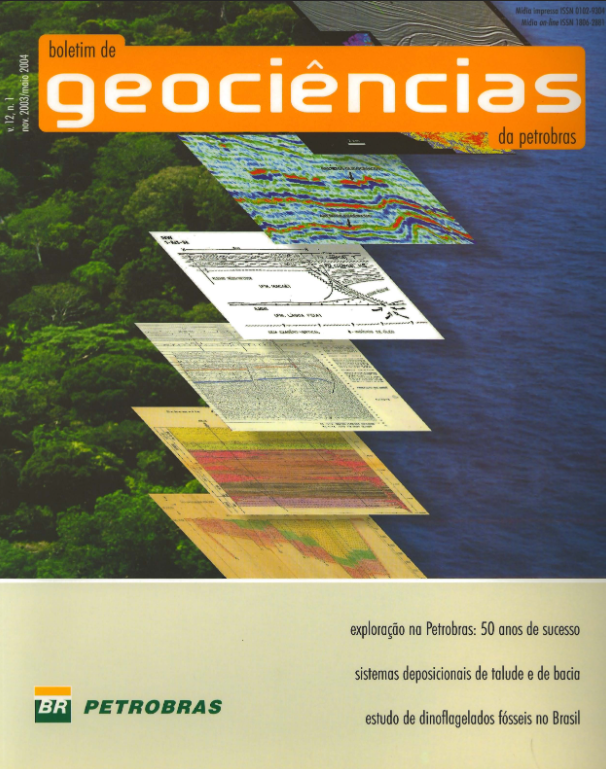Controlling aspects of the sealing potential of faults: example of Pilar Field, Sergipe-Alagoas Basin, Brazil
Keywords:
Pilar Field, sealing fault, structural analysis, strass fieldAbstract
The Pilar Field, situated in the Sergipe-Alagoas Basin, is a good example of a fault-controlled oil and gas accumulation, and it is the objective of this paper to describe the factors that that impact on the quan-tification of the sealing potential of siliciclastic reser-voirs of the Pilar Field with reference to geological history, fault geometry, lithological composition of stra-ta and the in situ stress fields. The study draws from data derived from the 3D modeling of fault planes, sealing potential maps based on the Shale Gouge Ratio (SGR) and calibration with well pressure data Conclusions show that most important factors include the quantity of shale in deformed sediments; thickness, and the in situ stresses that influence the sealing properties of the Pilar faults. Additionally, the fault zone geometry and the local geological history are of secondary importance.
Downloads
Published
Issue
Section
License
This license enables reusers to distribute, remix, adapt, and build upon the material in any medium or format, so long as attribution is given to the creator. The license allows for commercial use.



